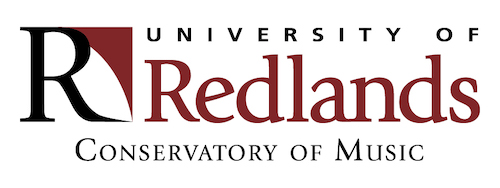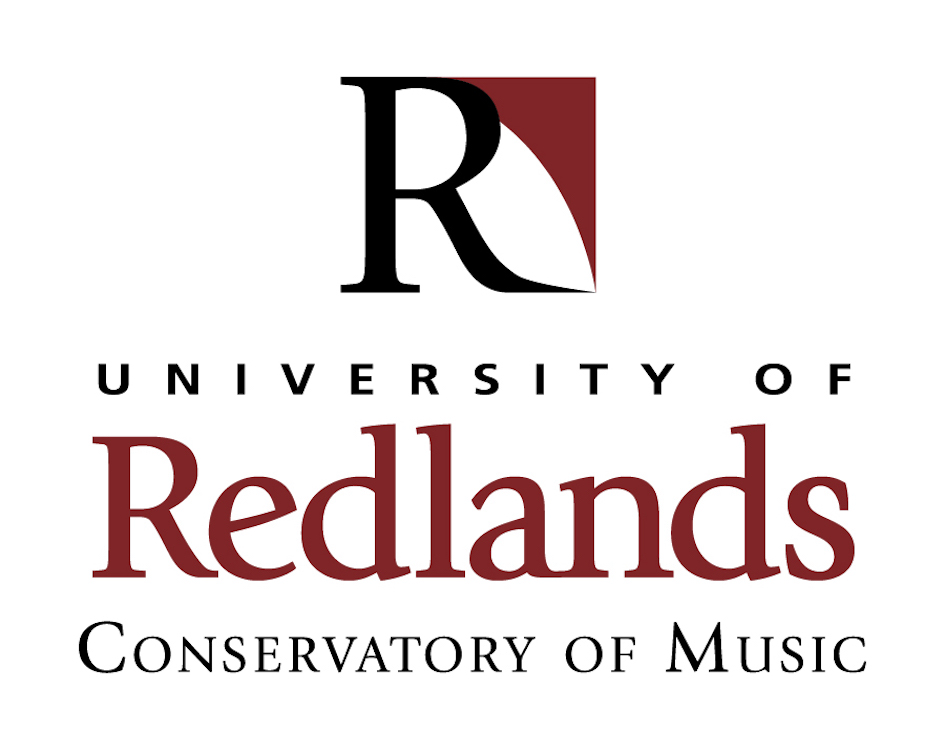Zoltán Kodály recognized that children, when left to play on their own, have innate but unformed musical abilities. Kodály took the games of song and dance that have for centuries brought joy to children and incorporated them into a classroom practice to serve the cause of musical literacy.
“The organic connection between music and physical movement is expressed in singing games. These have been one of the principal joys of childhood from time immemorial.”
In Kodály classrooms across the globe, these games are connecting children to musical forms and to traditions from their families and from other cultures. The simple joy of this activity also brings children an experience in community often missing from the technological play of the 21st century. Kodály believed that each nation has a rich variety of folk songs well-suited to teaching purposes. “If selected carefully,” Kodály said, “these songs furnish the best material through which to introduce musical elements.”Singing games contain all the elements needed for learning the language of music. Physical movement helps children feel pulsation and rhythm, while repetition encourages singing in tune. Through performing the simple rhythms of these songs, children are led to discover, read and write beginning rhythms.
Children gain pitch awareness through showing the direction of the melody, and learning relative solfa names (such as do-re-mi) and hand signs to help identify intervals.
Instruments are used in Kodály classrooms to expand students’ experience of music, and to establish the relationship between letter names and relative solfa.
Children also learn skills such as memorization, listening, inner hearing, improvisation and composition. These skills have been shown to enhance other areas of learning as well.
Kodály’s vision of the place of music in the intellectual, emotional, physical and social development of every child has inspired a new generation of teachers who believe that for children, in Kodály’s words, “Only the best is good enough.”
The online American Folk Song Collection is a resource designed for teachers, for parents and for anyone interested in developing the musical literacy of children.

